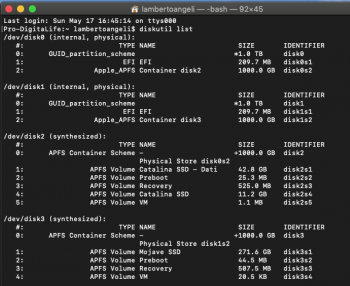Automated script to update OpenCore and some efi drivers from the master branch:

 github.com
github.com
GitHub - corpnewt/OC-Update: Bash script to update OpenCore and some efi drivers
Bash script to update OpenCore and some efi drivers - corpnewt/OC-Update





